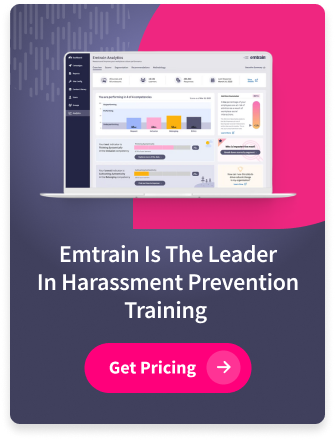When organizations talk about creating fair and inclusive workplaces, one of the biggest challenges is addressing unconscious bias in hiring. Unconscious bias—automatic judgments or stereotypes we may not even be aware of—can influence how recruiters, hiring managers, and interview panels evaluate candidates. Left unchecked, these biases can affect who gets interviewed, hired, and promoted, limiting workplace diversity and reducing access to top talent.
The good news? By recognizing the issue and applying intentional strategies, companies can reduce unconscious bias in the recruitment process and create a more equitable hiring experience.
What Is Unconscious Bias in Hiring?
Unconscious bias in hiring occurs when personal assumptions or stereotypes influence hiring decisions without conscious intent. For example:
- Favoring candidates with similar backgrounds or experiences as the hiring manager (affinity bias).
- Judging candidates more positively based on names, schools, or previous employers that feel “familiar” (halo effect).
- Making assumptions about skills or qualifications based on gender, race, age, or other personal characteristics.
These biases don’t necessarily come from ill intent. However, they can lead to exclusion, inequity, and missed opportunities to build a truly diverse workforce.
Why Minimizing Bias Matters
Bias in recruitment doesn’t just affect individual candidates—it impacts organizational success. Studies consistently show that workplace diversity fuels innovation, problem-solving, and better business outcomes. Reducing bias in hiring ensures that all qualified candidates have equal opportunities, helping companies build stronger, more resilient teams.
Strategies to Minimize Unconscious Bias in Hiring
1. Standardize the Recruitment Process
Create structured job descriptions, interview questions, and evaluation criteria. When every candidate is measured against the same benchmarks, it reduces the chance for bias to creep into decision-making.
2. Use Blind Resume Reviews
Remove identifying details—such as names, addresses, or graduation years—from resumes. This practice helps hiring teams focus solely on qualifications and skills, not assumptions about identity.
3. Incorporate Diverse Interview Panels
A panel made up of interviewers with different backgrounds can balance out individual biases. Diversity in perspective leads to more objective hiring decisions.
4. Leverage Data and Analytics
Monitor hiring data to identify patterns—such as which groups are being interviewed, hired, or promoted. Data-driven insights help reveal and address potential inequities in recruitment practices.
5. Provide Unconscious Bias Training
Managing Bias training helps employees recognize and address biases in themselves and others. Equipping hiring teams with practical tools for awareness and accountability ensures more equitable hiring outcomes.
6. Focus on Skills-Based Assessments
Instead of relying on subjective impressions, use job-related assessments or work samples. These tools emphasize a candidate’s actual ability to perform, reducing reliance on “gut feeling.”
Building Inclusive Hiring Practices
Minimizing unconscious bias in hiring is not a one-time task—it’s an ongoing commitment. By standardizing processes, using blind reviews, training hiring managers, and continuously reviewing data, organizations can create more inclusive and fair recruitment systems.
When companies commit to reducing unconscious bias, they don’t just promote workplace equity—they strengthen their culture, attract diverse talent, and improve long-term success.








